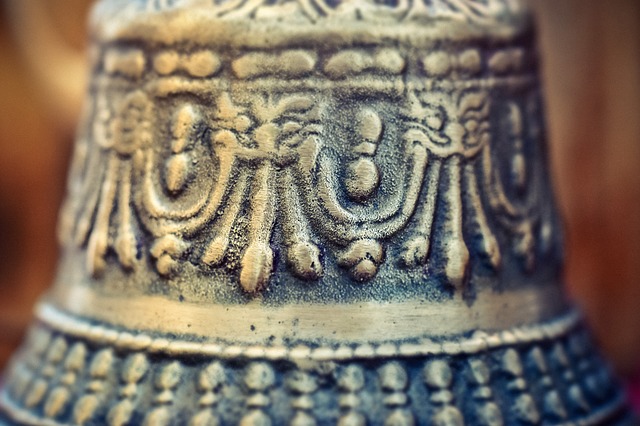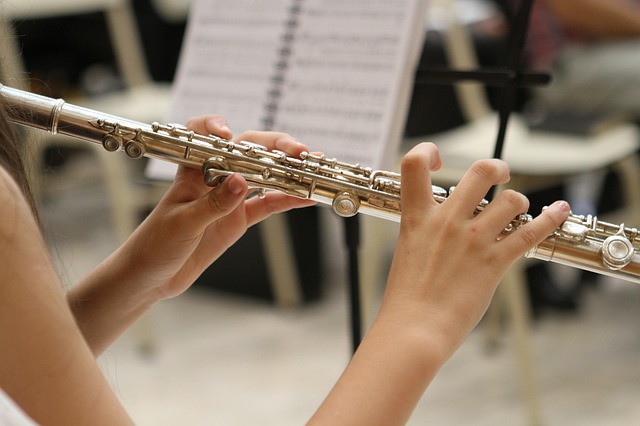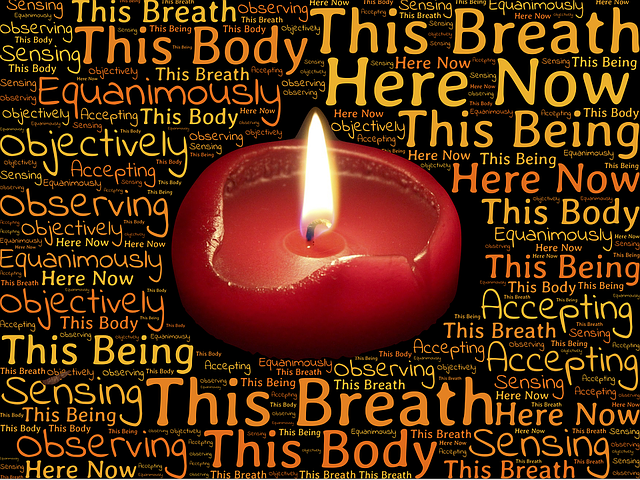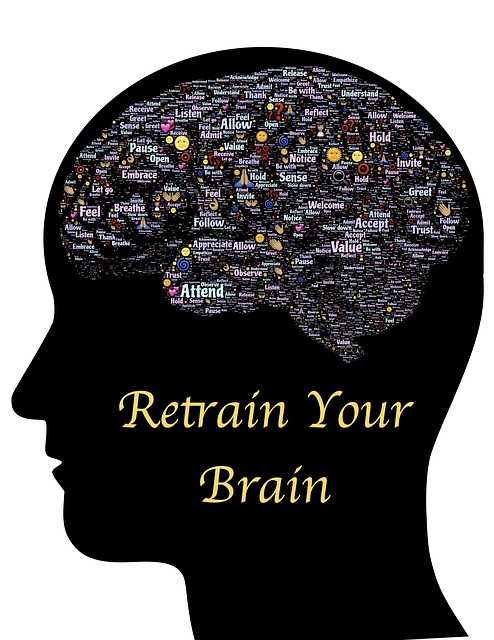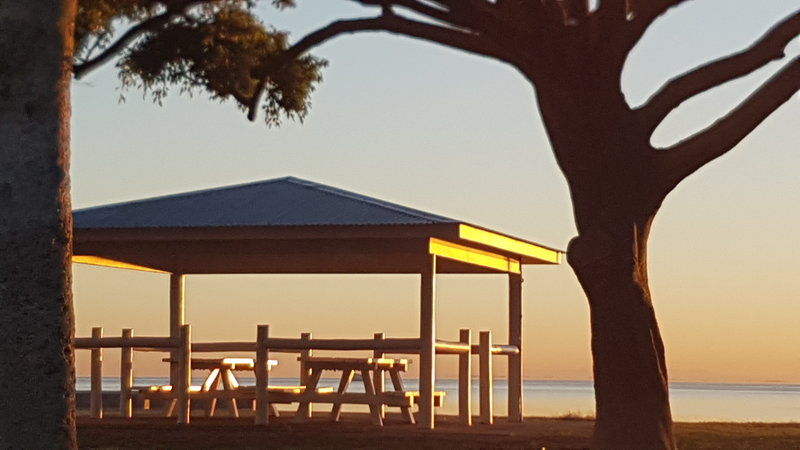Brian Shiers suggests that one of the problems in attempting to maintain your practice is that creating new habits requires replacing old habits with the new. He cites Neil Donald Walsh who maintains that, “yearning for a new way will not produce it, only ending the old way can do that”. Brian draws on the neuroscience finding that our habits develop through neurological patterning, the development of new neural pathways reinforced by personally valued rewards. The problem is that multiple repetitions are required to replace the old “habit-loop” with a new, sustainable pattern. Often our rationalisations take over – such as “maybe I will do it later”, “it is not a good time now”, or “I am too restless at the moment” – and interrupt repetition of our practice.
To assist in the process of sustaining your practice, Brain offers a meditation podcast titled, How to Rediscover Your Practice, in which he offers a way to enrich your practice of mindful breathing and establish sense-based cues to regenerate your practice. Brian’s guided meditation is part of the weekly meditation podcasts offered by MARC, UCLA.
A guided meditation for maintaining your practice
Brian’s meditation process involves several steps as follows:
- Listen to the end of the gong from a meditation bell made especially for its resonance – this initiates the process of paying attention through activation of your sense of hearing. A normal bell could be substituted for this initial step.
- Notice what is going on for you in this moment – What are you thinking? How are you orientating your body? What are you feeling about what is happening for you as you begin your practice? Brian maintains that self-observation is the essence of mindfulness.
- Form your practice intention – focus on your intention in undertaking your practice. This may involve a desire to build your concentration, to realise calm and tranquillity or to master the art of being still and silent.
- Feel your breath in your body – consciously focus on one of the five places that you can feel your breath in your body – the rising and falling or your stomach or your chest, the movement of air through your nostrils or your open mouth or the sensation of breathing at the back of your throat.
- Notice the thoughts that pass through your mind – thoughts come and go throughout our day and the time spent in meditation is no exception to this natural process. Be conscious that your thoughts are drawing your focus away from your breath, but don’t entertain them. Return to your intended focus and progressively build your attention muscle.
- Accept what is – accept the fact that you may be tired, restless, easily distracted or frustrated by your attempts to maintain your focus. Observing and accepting your present state is integral to mindfulness.
- Extend your focus to seeing – add the sense of seeing by extending your focus to a single, egg-size object while simultaneously maintaining your focus on your breath.
- Extend your focusing to include sound – while maintaining your focus on your breath and your external visual image, extend your focus to the sound in your room, taking in the room tone.
Reflection
This guided meditation helps to develop mindfulness because it not only builds the power of paying attention but also provides sense-cues that will prompt your meditation practice. I have found, for example, that by focusing on the view of the waters and islands in the bay from my home deck, I can very quickly drop into a focus on my breathing. This outer awareness acts as a cue to inner awareness. The enriched experience of meditation from the focus on several senses also facilitates the maintenance of meditation practice and the capacity to progressively grow in mindfulness.
____________________________________________
Image by Michael Gaida from Pixabay
By Ron Passfield – Copyright (Creative Commons license, Attribution–Non Commercial–No Derivatives)
Disclosure: If you purchase a product through this site, I may earn a commission which will help to pay for the site, the associated Meetup group and the resources to support the blog.
